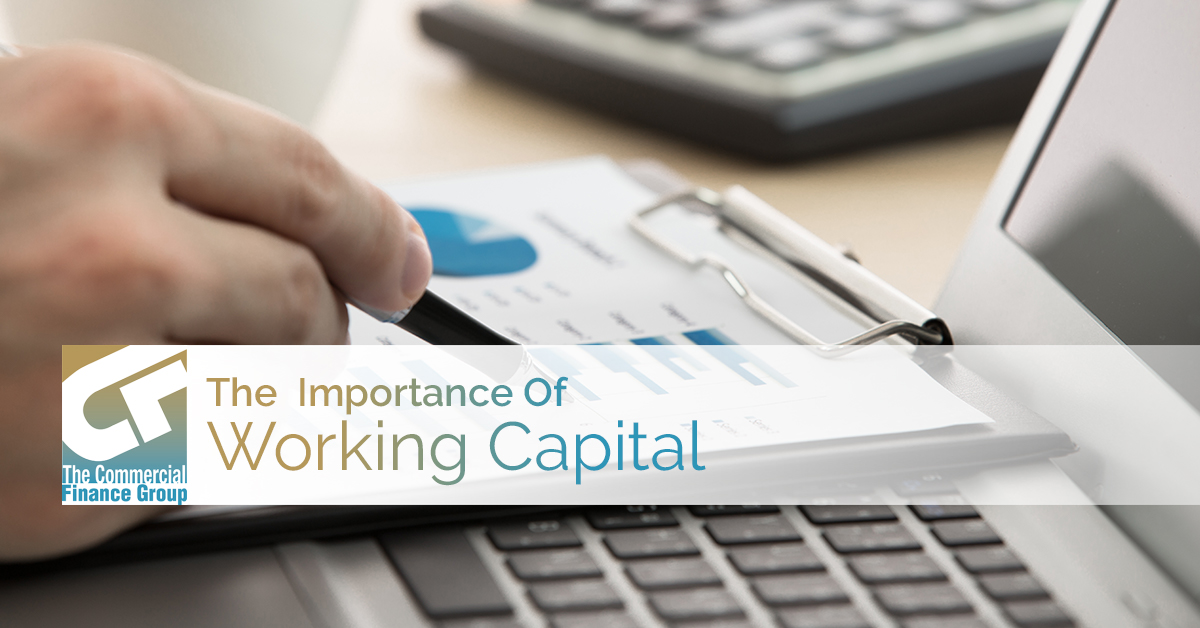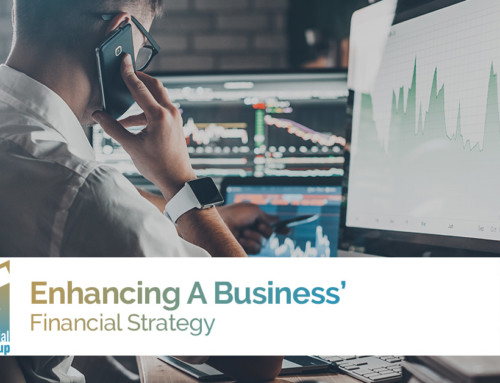How efficient is your Los Angeles company? If you always fulfill orders on time, you might have the opinion that your company is quite efficient.
How financially healthy is your Los Angeles company? If you’ve been turning a profit for an extended period of time, you might have the opinion that your company is quite healthy.
The parameters by which you could potentially judge the operating efficiency and short-term financial health of your company are many, which is why accountants and Chief Operating Officers follow one particular formula for calculating it in a non-subjective way.
Keep reading to learn more about working capital and how the asset-based lending services at The Commercial Finance Group can help you to discover more of it hiding right on your own balance sheets! Our company has offices across America, including the Southwest and West Coast. No matter where you’re located, we’d love the opportunity to show you how easy it can be to access the working capital you need for growth and sustainability.
What Is Working Capital?
We’ve delved deeply into the topic of working capital in a previous blog post. Check it out to view the formula for calculating working capital in your own business. For now, we’ll just say that working capital is what you’re left with when you reconcile all of your company’s assets with all of its liabilities (debts).
Why Is Working Capital Important?
 Financial advisors and lenders tell business owners to calculate their working capital on a regular basis. Why? Because even if you always have positive working capital, a steadily declining ratio indicates that your business is heading for financial chaos. It’s also worth noting that investors and traditional lenders will always want to evaluate your current working capital ratio before they give money to your organization. Analyzing your working capital ratio over time gives potential investors and lenders a peek into your operational efficiency, which helps them make predictions about your long-term solvency.
Financial advisors and lenders tell business owners to calculate their working capital on a regular basis. Why? Because even if you always have positive working capital, a steadily declining ratio indicates that your business is heading for financial chaos. It’s also worth noting that investors and traditional lenders will always want to evaluate your current working capital ratio before they give money to your organization. Analyzing your working capital ratio over time gives potential investors and lenders a peek into your operational efficiency, which helps them make predictions about your long-term solvency.
Create A Solid Working Capital Management Strategy
To avoid discovering negative working capital (or simply a slowly declining ratio), it’s necessary to have a strong working capital management strategy in place from day one. Keep in mind that a high ratio can be just as troublesome as a low one, as it could indicate that your company is keeping too much inventory on hand or not investing its excess cash wisely. Most believe that a ratio between 1.2 and 2.0 is sufficient. This is also known as “net working capital.”
Keeping a close eye on your accounting, operating costs, cash flow, and labor costs are all good ways to manage your working capital. It’s also important to remember that engaging in asset-based lending can also be a way to transform liabilities into assets, thus bringing balance to your working capital ratio.
Asset-Based Lending Can Free Up Your Working Capital FAST!
Asset-based lending is one way that we provide loans for small business that don’t actually have a negative impact on their bottom line. Instead of taking a small business loan out from a traditional bank, which would increase the liabilities on your balance sheet and potentially throw your ratio out of whack, asset-based lending allows you to profit from these unpaid invoices.
Instead of waiting around for customers to pay, or investing even more of your labor force into tracking down these reluctant liabilities, asset-based lending allows you to sell these accounts receivable to a third-party like The Commercial Finance Group. You get an instant infusion of cash, and your accounts are handed off to professionals who have the time to invest in collections.
Interested in making asset-based financing part of your working capital management strategy? Contact The Commercial Finance Group in Los Angeles today.







